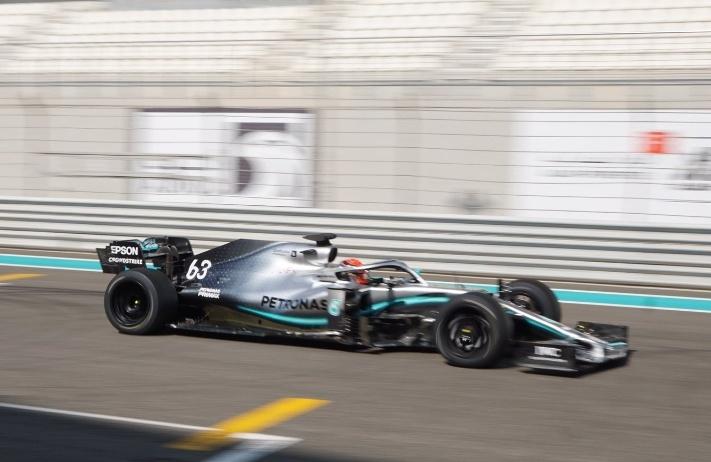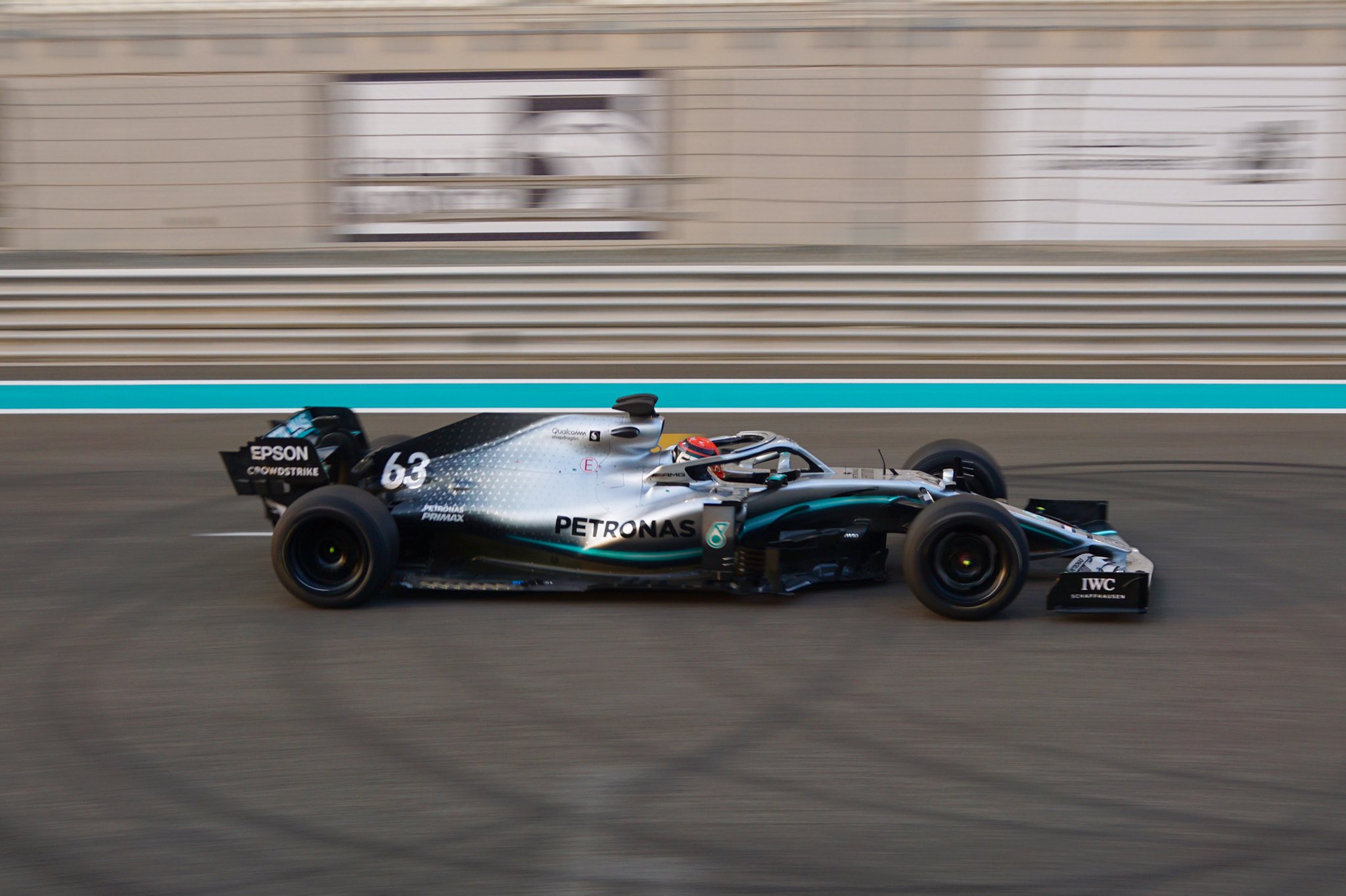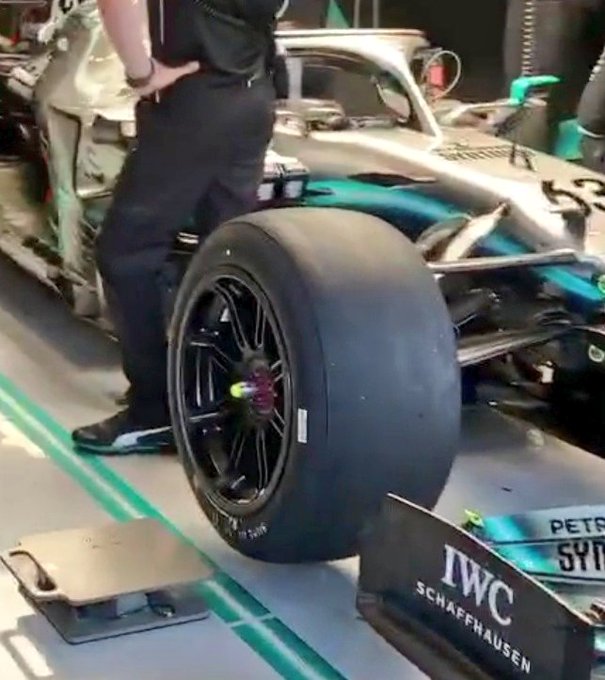- Login or Register
No account yet? Sign up
+7kg, is it that much? It seems a lot to me. They only weigh fronts 9.5 kg, rears 11.5 kg atm afaik, and the fronts will be narrower and the tyres should weigh less. The rim part is the same and the axle part, it's only the spokes that have to be longer and thicker. Even without the savings, AZ80 alloy is 1.8gm/cc, so 7000gm is 3.9 litres of metal, which is a lot of spoke!

At a rough approximation the rim will be heavier in the ratio 18:13.izzy wrote: ↑21 Nov 2019, 18:04+7kg, is it that much? It seems a lot to me. They only weigh fronts 9.5 kg, rears 11.5 kg atm afaik, and the fronts will be narrower and the tyres should weigh less. The rim part is the same and the axle part, it's only the spokes that have to be longer and thicker. Even without the savings, AZ80 alloy is 1.8gm/cc, so 7000gm is 3.9 litres of metal, which is a lot of spoke!
edit i see on Racefans last year Pirelli were estimating +4.5kg per corner, net. Still seems quite a lot to me but they ought to know. I suppose sidewall, that they're saving, isn't that heavy, but i didn't think magnesium wheels were that heavy either
perhaps that's where Pirelli got their 4.5kg from, on the rears. yes the rims get longer in circumference don't they, not stay the same weight as I'd been thinking. The spokes presumably go up more than pro rata and offset the axle weight not changinghenry wrote: ↑21 Nov 2019, 19:04At a rough approximation the rim will be heavier in the ratio 18:13.
As well as being heavier these wheels and tyre will have a higher rotational inertia. With Pirelli’s 4.5 kg they’ll be 2% lower acceleration because of mass and possibly a further 1% from the inertia.




 . Are the F2 cars the same otherwise, next year? It'll be interesting to see their times if they are
. Are the F2 cars the same otherwise, next year? It'll be interesting to see their times if they areHow will the reduced sidewall affect the acceleration off the line? I would of thought the reduced side wall should reduce the creasing of the tire but would that increase mechanical grip?henry wrote: ↑21 Nov 2019, 19:04At a rough approximation the rim will be heavier in the ratio 18:13.
As well as being heavier these wheels and tyre will have a higher rotational inertia. With Pirelli’s 4.5 kg they’ll be 2% lower acceleration because of mass and possibly a further 1% from the inertia.
I’m no expert. My expectation would be that the reduced side wall will reduce the deformation of the tyre which will reduce the contact patch length which in turn will reduce traction. This may be offset by lower tyre pressures. I believe that the “high” pressures required by Pirelli are due to the extreme cyclic flexing at high speed due to aero loads and the extent of the tyre flex. Lower tyre flex should reduce the amount of strain each revolution of the tyre.Maplesoup wrote: ↑08 Dec 2019, 22:35How will the reduced sidewall affect the acceleration off the line? I would of thought the reduced side wall should reduce the creasing of the tire but would that increase mechanical grip?henry wrote: ↑21 Nov 2019, 19:04At a rough approximation the rim will be heavier in the ratio 18:13.
As well as being heavier these wheels and tyre will have a higher rotational inertia. With Pirelli’s 4.5 kg they’ll be 2% lower acceleration because of mass and possibly a further 1% from the inertia.
Drag cars use huge sidewall tires which crease loads but I can't say whether that actually helps or hinders them.